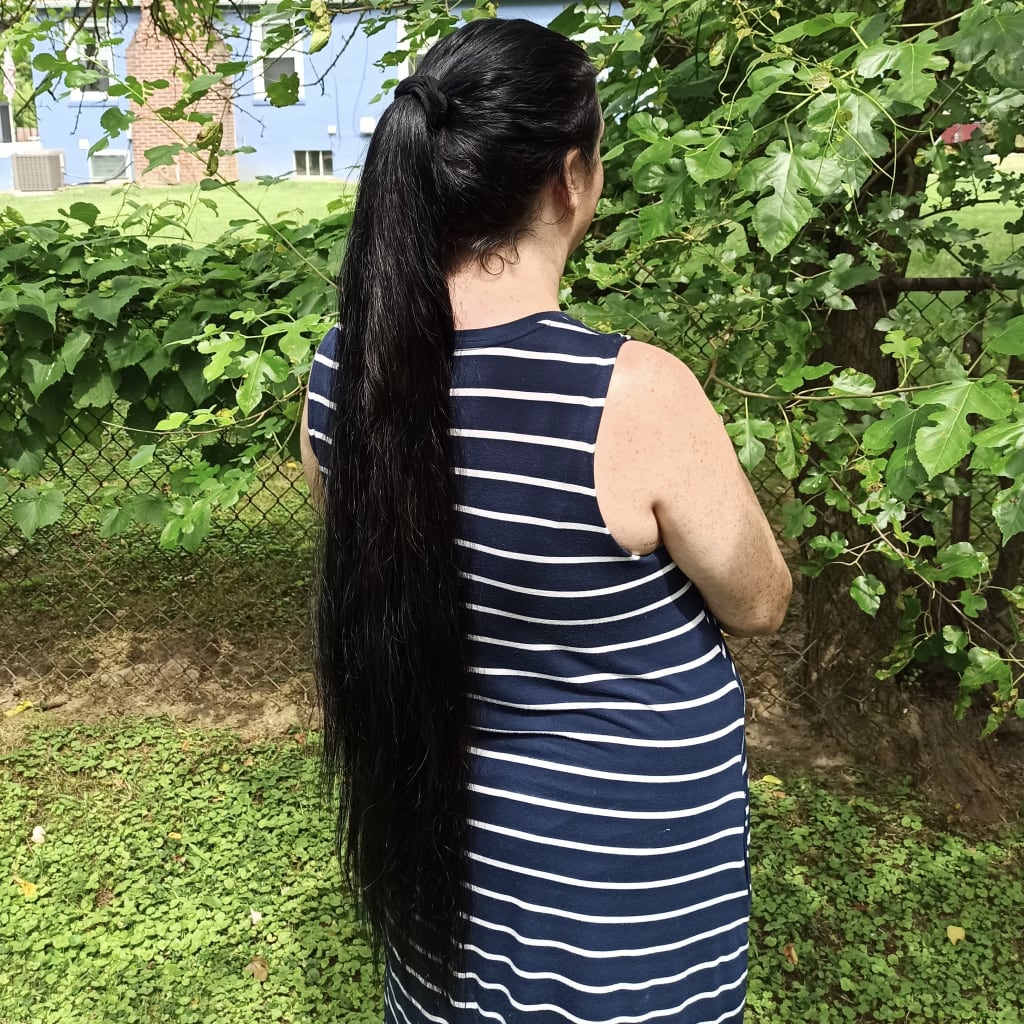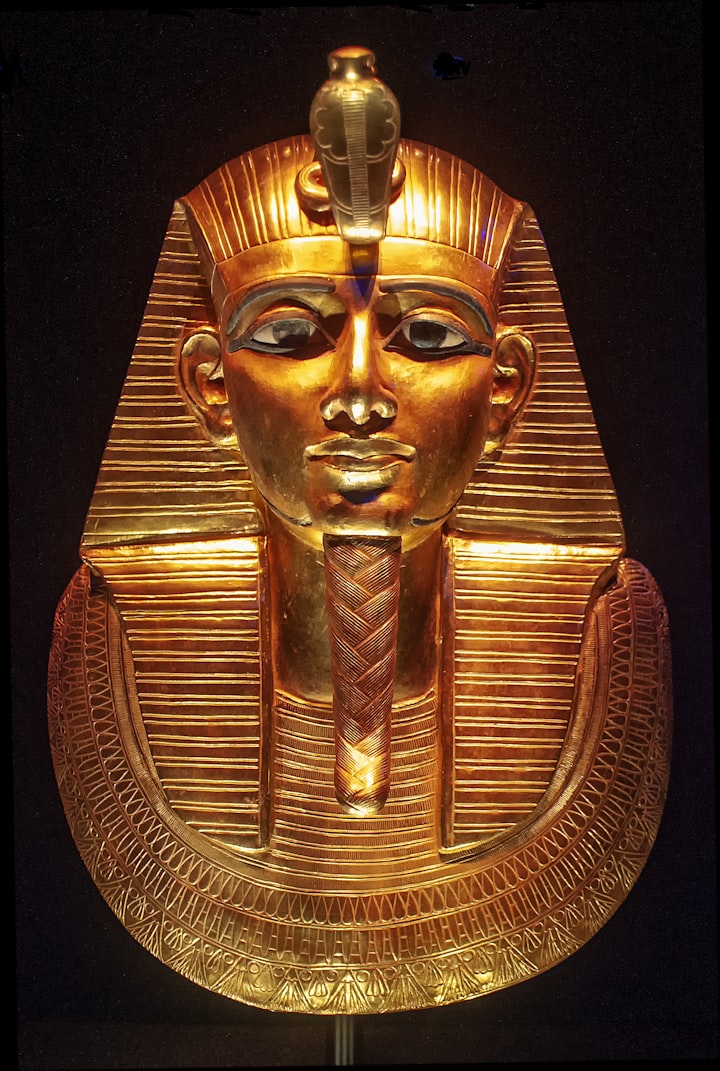What Really Happens If You Never Trim Split Ends
Do you really have to trim your hair?

There’s a persistent belief in hair care that you must trim your hair. Either you have to trim for growth or you have to trim to get rid of split ends or “dead” ends. But is it true? Do you need to trim your hair?
What really happens if you don’t trim your split ends?
Not much.
The belief is that split ends will continue to split all the way up the hair shaft and…I don’t know. Fall out? Make the hair weaker?
It’s been six years since I cut my hair.
So my personal experience is this: I cut my hair from classic length to shoulder six years ago and I’m now at fingertip length. In those six years I did nothing for split ends until a couple months ago. (And I’ll explain more about what I’ve been doing in a moment).
Not trimming had no effect on my ability to grow hair super long. My hair doesn’t look damaged. And I’m mystified by people who say you have to trim to grow. The less you cut your hair the longer it will be. It is just basic common sense. The key is that you need to be taking care of your length and treating it gently so it doesn’t get damaged and/or break off.
And it’s not just me doing nothing about split ends.
If we look at cultures where women don’t cut their hair ever (often for religious reasons), their ability to grow long hair is not usually impeded.
Sikh women, Apostolic women, and Yao women of China (who only cut their hair once in their life on their 18th birthday) all tend to have exceptionally long hair without trimming.
What about dead ends?
All hair is dead. There’s no specific point at which you say this hair is alive and this hair is dead. The ends can become crunchy and feel not as good. That is what people mean when they say dead ends. And there’s nothing wrong with trimming those if you want to. Your growth will be slower, though.
And before continually trimming those crunchy ends it’s better to take careful care of your ends. Use oils on them, tuck them in on hairstyles, wear a silk or satin sleep cap. Preserve them as best you can.
Trying to catch every split end
Trimming your hair regularly (what is regularly? Every six weeks? Twice a year?) can keep your hair looking thick and healthy. Without trims your hemline does usually develop taper that is called “fairy tale ends.” So if you like the look of a thick blunt hemline then trimming is for you.
But you should also be aware that splits don’t only happen at the ends. There can be damage from a brush or a ponytail holder, a hair that has broken off and then splits. Hairs in different parts of the growth cycle will be different lengths and any one of those could also get damaged and split.
You’re likely to drive yourself to distraction if you’re trying to keep your hair free of splits by trimming all your hair every time you see a split.
What should I do about split ends?
There is another way.
Once a hair is split there is no way to stick it back together or fix it. Cutting it is the only solution. You can get some products that smooth your hair down and make it look unsplit but that is a very temporary fix.
I’ve started doing what is known as SD or Search and Destroy on split ends. As I said, I’ve only been doing this for a few months and I’ve been able to grow my hair for years without doing anything about split ends. And in the cultures I mentioned there is no trimming of any kind, not even SD.
But there are some nice benefits to SD. I have found it to be extremely relaxing and satisfying, a great method of self-care. It allows you to take care of splits without losing length. And for me it has made my hair feel smoother and softer, which I love.
What you do is sit in a place with good light, put a towel or cloth with a contrasting color to your hair on your lap, get some very sharp scissors (hair cutting scissors preferable but whatever you use make sure they are only used for cutting hair). Blunt scissors will cause more splits.
Then slowly go through your strands looking for splits. You can do that by twisting the length and looking at the hairs that pop out, or by taking sections and running them through your fingers.
When you see a split, isolate the hair and snip it just a little bit above the split.

Your mileage may vary
For some people and some hair types split ends may impact them more than others. For those who have thin or light weight hair a few splits may be very visible and cause a look of frizz or damage. So take that into account for yourself. I just want to let you know that even hair advice that is taken as gospel everywhere you turn is not necessarily true.
Find out what your hair needs before following any of the “rules.”
***
Find me around the web at https://linktr.ee/LongHairCarolyn
This article originally appeared on Medium
About the Creator
Long Hair Carolyn
Now that I’ve grown my hair to thigh length I’m helping other people get the hair of their dreams by sharing all I know about hair care, growth, and gentle protective updos for all hair types!






Comments
There are no comments for this story
Be the first to respond and start the conversation.